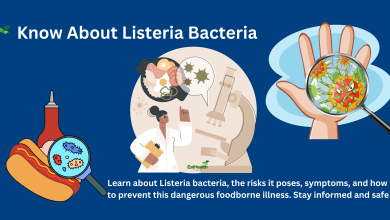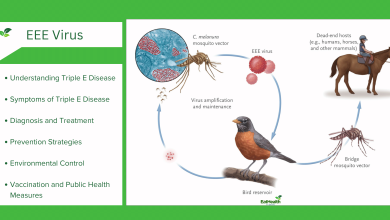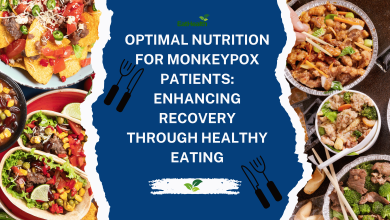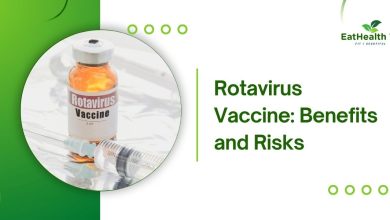DTaP Vaccine: Benefits and Risks?
The Crucial DTaP Vaccine: Exploring the Life-Saving Benefits and Potential Risks
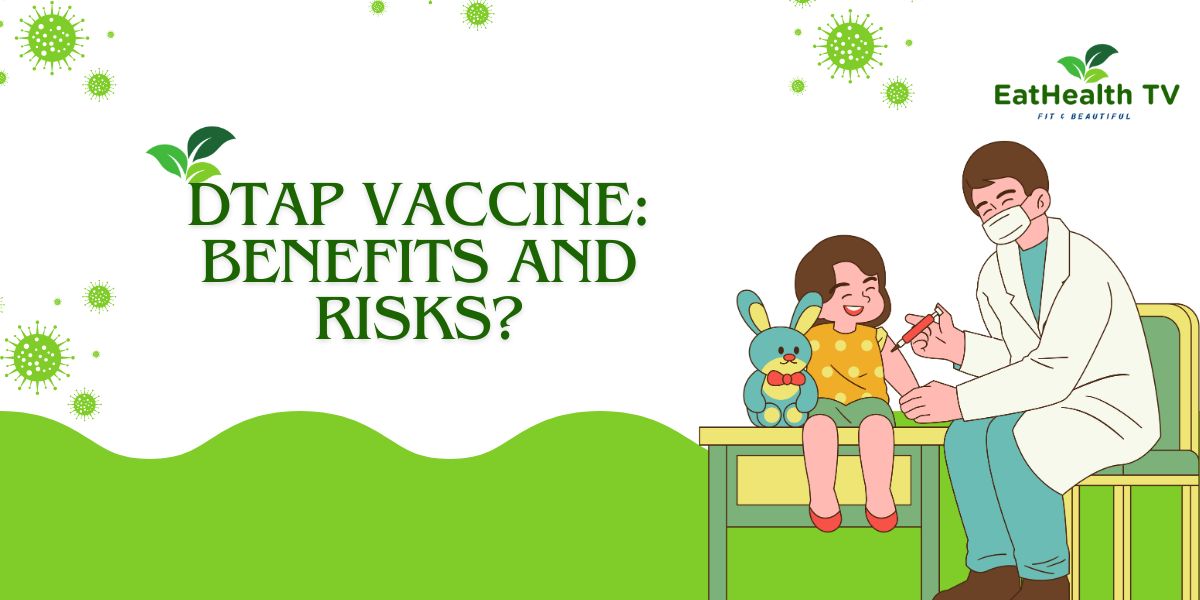
DTaP Vaccine: Benefits and Risks
The DTaP vaccine is a crucial immunization that protects against three serious bacterial diseases: diphtheria, tetanus, and pertussis (whooping cough). Understanding the benefits and potential risks associated with the DTaP vaccine is essential for making informed health decisions. This article provides a comprehensive overview of the DTaP vaccine, its benefits, and any associated risks, aiming to offer valuable information for both laypersons and experts in the field.
What is the DTaP Vaccine?
The DTaP vaccine is a combination vaccine that protects against diphtheria, tetanus, and pertussis. It is typically administered to children in a series of shots starting at two months of age. The vaccine contains inactivated toxins (toxoids) from the bacteria that cause diphtheria and tetanus and acellular components of the bacteria that cause pertussis.
Components of the DTaP Vaccine
- Diphtheria Toxoid: Prevents diphtheria, a serious throat infection that can obstruct breathing and cause severe complications.
- Tetanus Toxoid: Prevents tetanus (lockjaw), a condition that causes painful muscle stiffness and spasms, often leading to death.
- Acellular Pertussis: Prevents whooping cough, a highly contagious respiratory disease known for severe coughing fits.
Benefits of the DTaP Vaccine
1. Protection Against Serious Diseases
The primary benefit of the DTaP vaccine is the protection it provides against diphtheria, tetanus, and pertussis. These diseases can cause severe illness and complications, particularly in young children.
Diphtheria
Diphtheria is a bacterial infection that affects the mucous membranes of the throat and nose. Symptoms include sore throat, fever, and swollen glands. In severe cases, it can cause a thick coating in the throat, leading to breathing difficulties, heart failure, paralysis, and even death. The DTaP vaccine has significantly reduced the incidence of diphtheria. Just as we know MMR Vaccine: Benefits and Risks
Tetanus
Tetanus, also known as lockjaw, is caused by a toxin produced by the bacteria Clostridium tetani. It enters the body through wounds or cuts. Symptoms include muscle stiffness and spasms, particularly in the jaw and neck. Tetanus is often fatal if not treated. The DTaP vaccine is highly effective in preventing this dangerous disease.
Pertussis
Pertussis, or whooping cough, is a highly contagious respiratory disease known for uncontrollable, violent coughing, making it hard to breathe. It can be particularly severe in infants and young children, leading to complications such as pneumonia, seizures, and even death. The DTaP vaccine helps protect against pertussis, significantly reducing its spread and severity.
2. Herd Immunity
Herd immunity occurs when a significant portion of the population is immunized against a contagious disease, reducing its spread. High vaccination rates for DTaP contribute to herd immunity, protecting those who cannot be vaccinated, such as infants too young to receive the vaccine and individuals with certain medical conditions.
3. Reducing Disease Outbreaks
Widespread use of the DTaP vaccine has been instrumental in reducing outbreaks of diphtheria, tetanus, and pertussis. This not only protects individuals but also prevents healthcare systems from being overwhelmed during outbreaks.
4. Long-Term Health Benefits
By preventing infections, the DTaP vaccine contributes to long-term health. For instance, severe pertussis infections in infants can lead to long-term respiratory issues and neurological damage. Preventing these infections helps ensure healthier development and reduces long-term healthcare costs.
Risks and Side Effects of the DTaP Vaccine
While the DTaP vaccine is generally safe and effective, like all medical interventions, it can have side effects. Understanding these risks helps in making informed vaccination decisions.
Common Side Effects
Most side effects of the DTaP vaccine are mild and temporary. These include:
- Redness, Swelling, and Pain at the Injection Site: These local reactions are common and usually resolve within a few days.
- Fever: A mild fever is a common response to the vaccine and typically subsides within a day or two.
- Fatigue and Irritability: Some children may experience fatigue and irritability following vaccination.
Rare Side Effects
Serious side effects from the DTaP vaccine are rare but can occur. These include:
- Allergic Reactions: Severe allergic reactions (anaphylaxis) are very rare but require immediate medical attention. Symptoms include difficulty breathing, swelling of the face and throat, and hives.
- Seizures: Seizures or convulsions can occur, usually related to high fever. These are typically short-lived and not associated with long-term problems.
- Persistent Crying: Prolonged crying for more than three hours, although distressing, is rare and usually resolves without long-term effects.
Monitoring and Safety Measures
Vaccines, including the DTaP vaccine, undergo rigorous testing and continuous monitoring to ensure their safety and effectiveness. The Vaccine Adverse Event Reporting System (VAERS) allows healthcare providers and the public to report any adverse reactions, which helps in ongoing safety surveillance.
Addressing Concerns and Myths
Vaccine hesitancy, driven by misinformation and fear, poses a challenge to achieving high vaccination rates. Addressing common concerns and dispelling myths is crucial for maintaining public confidence in vaccines.
Myth: Vaccines Cause Autism
This myth originated from a discredited study that falsely linked vaccines to autism. Extensive research involving millions of children has found no connection between vaccines and autism.
Myth: Natural Immunity is Better
While natural infection can provide immunity, it comes with the risk of severe disease and complications. Vaccines provide immunity without causing the disease, offering a safer alternative.
Myth: Vaccines Contain Harmful Ingredients
Vaccines contain ingredients like preservatives and adjuvants to enhance their safety and effectiveness. These ingredients are present in very small amounts and have been extensively tested for safety.
Importance of Following the Vaccination Schedule
Following the recommended vaccination schedule is crucial for ensuring optimal protection. The DTaP vaccine is typically given in five doses at the following ages:
- 2 Months
- 4 Months
- 6 Months
- 15-18 Months
- 4-6 Years
Adhering to this schedule helps ensure that children develop immunity at the appropriate times, protecting them during their most vulnerable years.
Conclusion
The DTaP vaccine is a critical tool in protecting against diphtheria, tetanus, and pertussis. Its benefits far outweigh the potential risks, contributing to individual and public health. By preventing serious diseases, promoting herd immunity, and reducing outbreaks, the DTaP vaccine plays a vital role in maintaining health and well-being.
Understanding the benefits and risks of the DTaP vaccine helps in making informed health decisions. It is essential to rely on credible information and engage in open discussions with healthcare providers. Vaccination is a collective responsibility that protects not only individuals but also the broader community. Stay informed, stay protected, and advocate for vaccination to ensure a healthier future for all.

